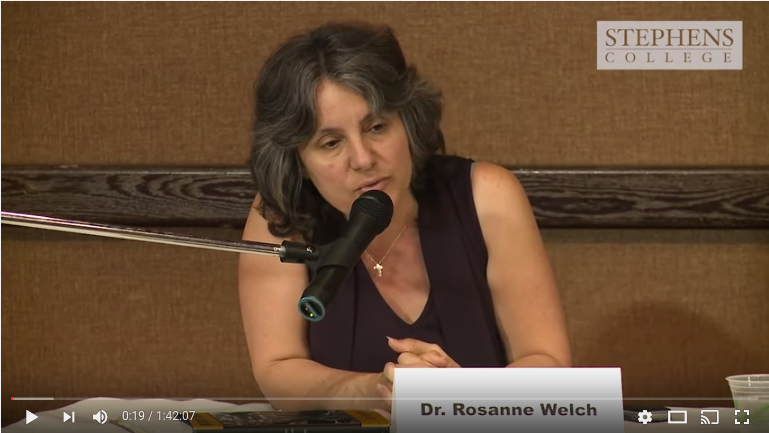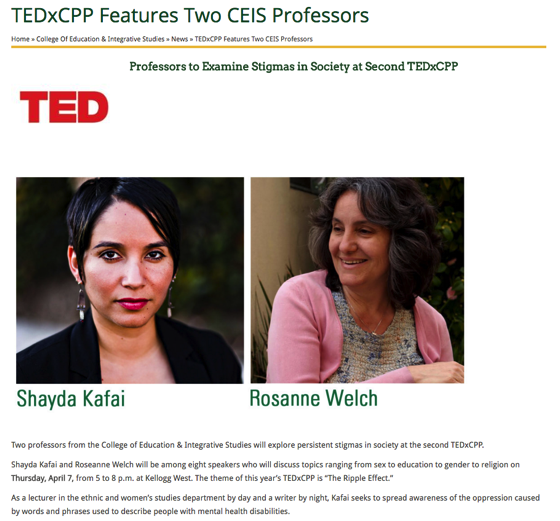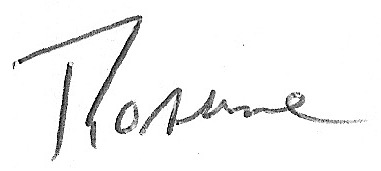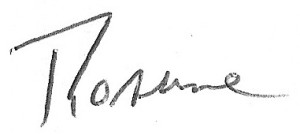Dr. Rosanne Welch will be hosting this WGA panel discussion sponsored by Stephens College MFA in Television and Screenwriting, where she teaches The History of Screenwriting and Writing the One-Hour Drama.
Women Who Run The Room: A Conversation with Showrunners
Sat, August 6, 2016
2:00 PM – 3:30 PM
On this special Saturday event, a panel of female showrunners discusses their experiences of running a room and the impact of increasing female voices in television.
Panelists:
Alexa Junge – GRACE AND FRANKIE, UNITED STATES OF TARA, FRIENDS
Check back for more panelist announcements.
 Sponsored by Stephens College MFA in Television and Screenwriting.
Sponsored by Stephens College MFA in Television and Screenwriting.
Doors open at 1:30pm. Event starts at 2:00pm.
All events advertised on our “Events” page are open to anyone who wants to buy a ticket – not just WGA members!
Proceeds benefit the Foundation’s library and archive and other outreach programs.
Tickets:
General Admission Ticket $20.00
WGA Member / Student Ticket $15.00
with Membership card or Student Identification






![Diane Sawyer’s Obituary to Davy Jones 2012 [Video]](https://rosannewelch.com/wp-content/uploads/2016/02/davey-jones-abc-857x198.png)






